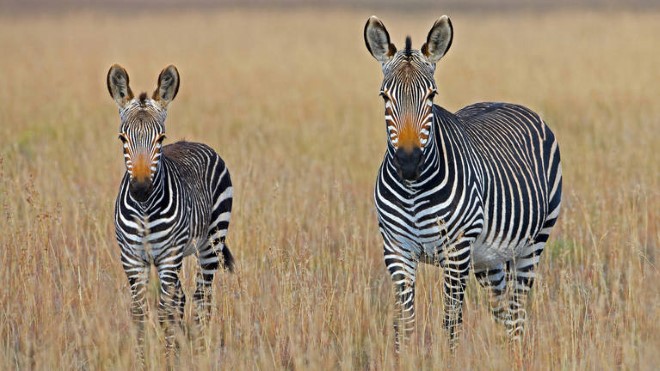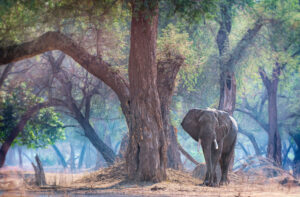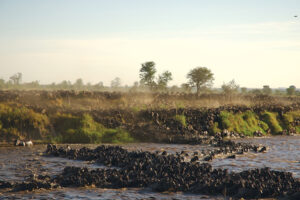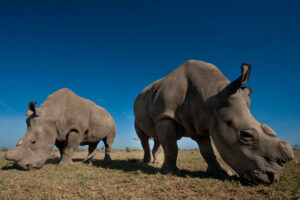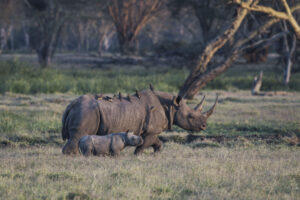
*A version of this article originally appeared in the October 2021 Bush Telegraph newsletter. You can read our recent newsletters and sign-up to receive these in your inbox on our Bush Telegraph newsletter page.
In the late 1950s, the curved wall of the Kariba Dam was constructed across the zig-zag gorges of the mighty Zambezi River between the colonial territories of Northern and Southern Rhodesia (now Zambia and Zimbabwe). Its completion flooded much of the middle Zambezi Valley around the Zambian town of Gwembe and created one of the world’s largest man-made reservoirs, Lake Kariba. Such was its scale that the vast lake took five years to fill.
As the land was inundated with rising water, the Valley’s prolific wildlife was forced to concentrate on newly formed islands and Kariba’s southern shore, which ultimately became Zimbabwe’s Matusadona National Park: a rugged, mountain-backed wilderness of shady woodland, grassy plains, narrow creeks and sandy shores. Rich in herds of elephants, buffalo, grazing antelope and big cats, home to both black and white rhino, and famed for its fishing, exceptional birdlife and sunbathing crocodiles, Matusadona became a super safari spot. Like many national parks, it has had its share of challenges over the years, including poaching, politics and now the pandemic.
But Matusadona is on the rise again: with investment and expertise from the non-profit African Parks assisting a dynamic park management team together with the commitment of local safari lodges, Matusadona aims to become one of Zimbabwe’s leading elephant and rhino sanctuaries, and is actively bolstering its existing wildlife.
Most recently, 233 zebras were translocated hundreds of miles across Zimbabwe to revive the large herds that historically roamed the rolling plains. With complex logistics and human endeavour, the animals were transported on trucks and specially modified ferries to different locations within the park. Travelling in groups of 20-30 animals over the course of three weeks, two large new zebra herds have now settled into their beautiful, waterfront environment. And how lucky they are: to watch scarlet sunsets over Lake Kariba, peppered with photogenic skeleton trees, is indeed very special.
And as if the outstanding wildlife and scenery, and the chance to explore on land and water weren’t enough of a draw, the enthusiastic and encyclopaedic knowledge of the guides in the small safari camps here make this corner of Zimbabwe extra special.
If you’ve been inspired and want to find out more, give us a call or enquire now to speak to an expert.
